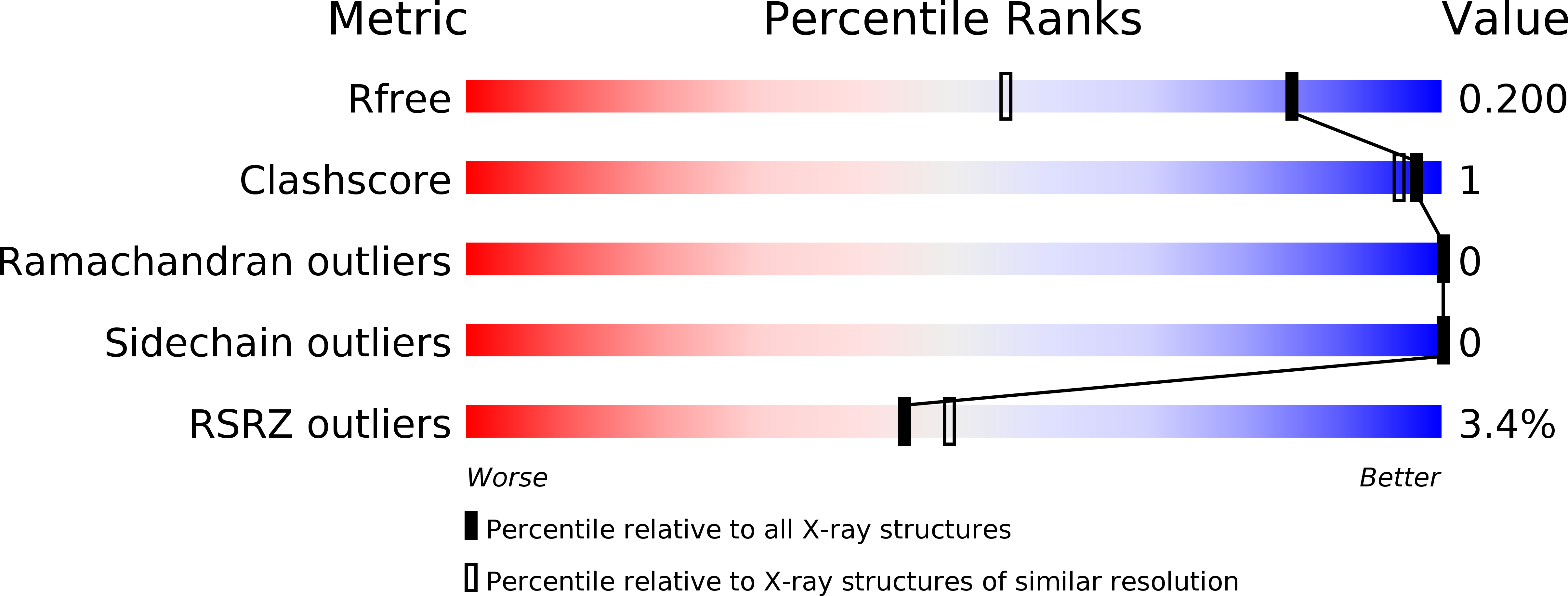
Deposition Date
2017-08-30
Release Date
2019-02-06
Last Version Date
2024-03-27
Entry Detail
PDB ID:
5YA6
Keywords:
Title:
Crystal structure of archaeal flagellin FlaB1 from Methanocaldococcus jannaschii
Biological Source:
Source Organism:
Methanocaldococcus jannaschii DSM 2661 (Taxon ID: 243232)
Host Organism:
Method Details:
Experimental Method:
Resolution:
1.50 Å
R-Value Free:
0.20
R-Value Work:
0.17
R-Value Observed:
0.17
Space Group:
P 21 21 21


